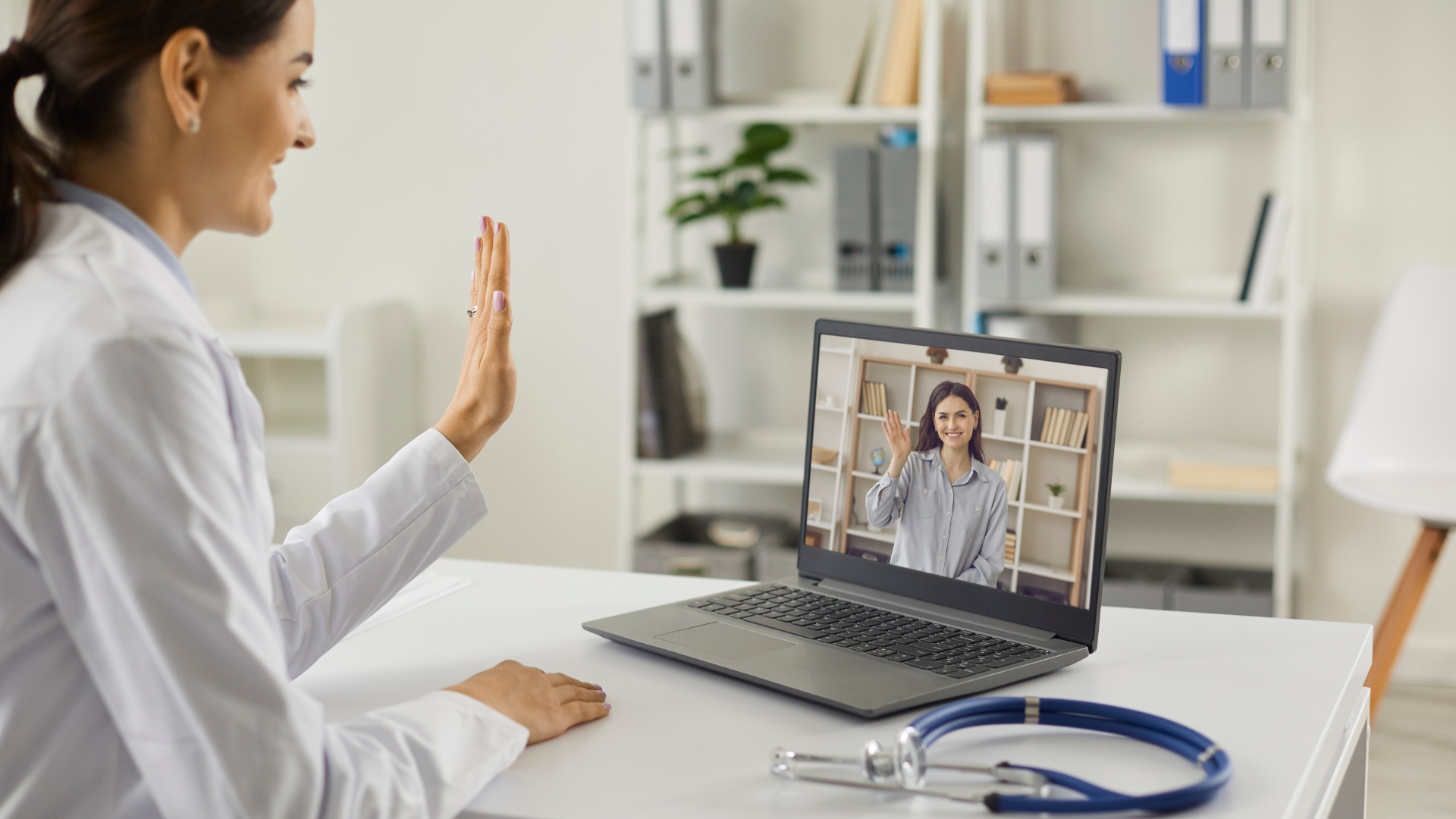Remote Patient Monitoring (RPM) is a rapidly growing field in healthcare that allows for the continuous monitoring of patients’ health outside of the traditional care settings. This technology enables healthcare providers to remotely collect and monitor a range of patient data such as vital signs, activity levels, medication adherence, and symptoms, in real-time. The goal of RPM is to improve patient outcomes, reduce healthcare costs, and increase patient engagement. While RPM is a relatively new technology, the role of the physician in remote patient monitoring is crucial.
Physicians play an important role in the successful implementation and ongoing use of RPM, and here are some of the ways they can contribute to this:
1. Selecting appropriate patients for RPM
RPM is not appropriate for all patients, and physicians play a critical role in identifying those who can benefit most from this technology. The physician’s clinical judgment is essential in deciding which patients require RPM and how frequently data should be collected.
2. Developing care plans and treatment protocols
The physician is responsible for developing care plans and treatment protocols based on the data collected through RPM. They use the data to identify any trends, deviations, or changes in the patient’s condition that need attention, and make necessary adjustments to the care plan to improve patient outcomes.
3. Educating patients about RPM
RPM requires active patient participation, and physicians need to educate their patients about the technology and how it works. Patients need to understand how to use RPM devices and interpret the data they provide. Physicians need to provide clear instructions to patients on how to use the devices and how to respond to alerts generated by the RPM system.
4. Monitoring and interpreting RPM data
Physicians need to review the RPM data regularly to identify any potential issues or trends that may require intervention. They need to interpret the data accurately and use it to guide clinical decision-making, treatment planning, and medication management.
5. Communicating with patients
RPM requires a high degree of patient engagement, and physicians need to communicate with their patients regularly to review the data, provide feedback, and answer any questions they may have. Effective communication between physicians and patients is essential for the success of RPM.
In conclusion, the role of the physician in remote patient monitoring is critical. Physicians need to select appropriate patients, develop care plans, educate patients, monitor and interpret data, and communicate effectively to ensure the successful implementation and ongoing use of RPM. By working closely with their patients and utilizing this technology effectively, physicians can provide high-quality, patient-centered care and improve outcomes for their patients.
SenSights.AI company
We are a North American-based startup that provides comprehensive capabilities for home care organizations to manage their senior care services using state-of-art AI and 5G technologies and allow for a greater independence. We are uniquely positioned as we are the only one with a combination of
- Ambient or Touchless Fall Detection
- Deviceless or Contactless Wellness Monitoring
- Comprehensive Mobile, Tablet and Web Solution for Seniors, Caregivers and Agency
- Complete Out-of-box Telehealth and Telemedicine Platform with integration with over 15+ smart devices and several leading EMRs/EHRs like PointClick Care, Cerner and many more in pipeline
- Over 40+ Data Scientists, Engineers and Medical Advisors to help integrate and improve digital transformation journey of our client with services, products and platform focused on senior market
We provide the best in class health platform for patient engagement, remote monitoring and virtual care. Patients are guided on smartphones, tablets and computers from preparation through recovery with the help of reminders, education and activity tracking. Providers can receive alerts, monitor patients and access analytics to deliver better care. Health systems use SenSights Care to improve patient satisfaction while reducing hospital length of stay, readmissions, and costs.
We would like to work with you to help you grow your business with our unique business model of sharing revenue with healthcare providers.
Book a consultation today to see how we can help digitally transform your healthcare organization at https://sensights.ai/contact-us/
Learn more about our SenSights Care Solution on http://sensightsrpm.com/

